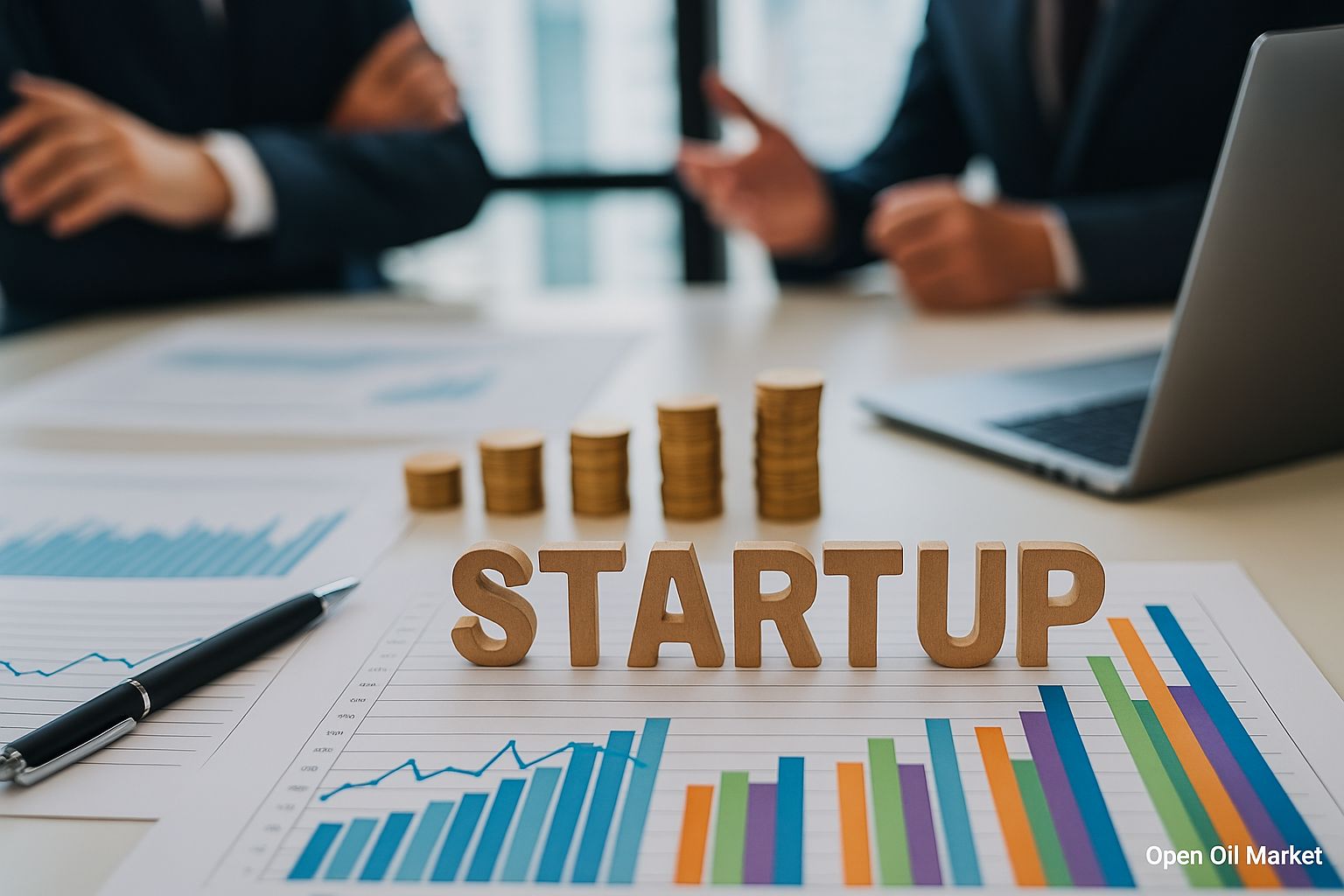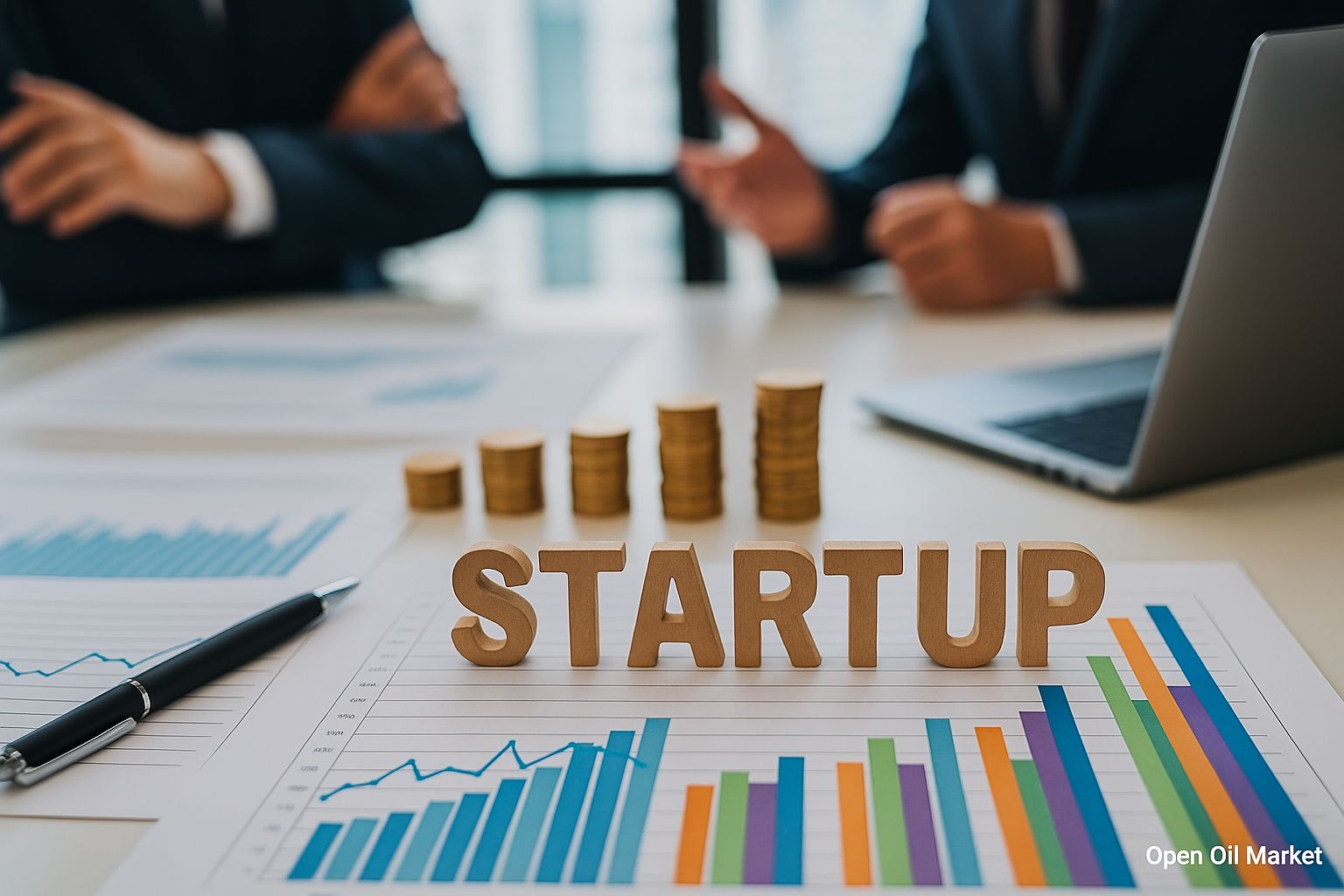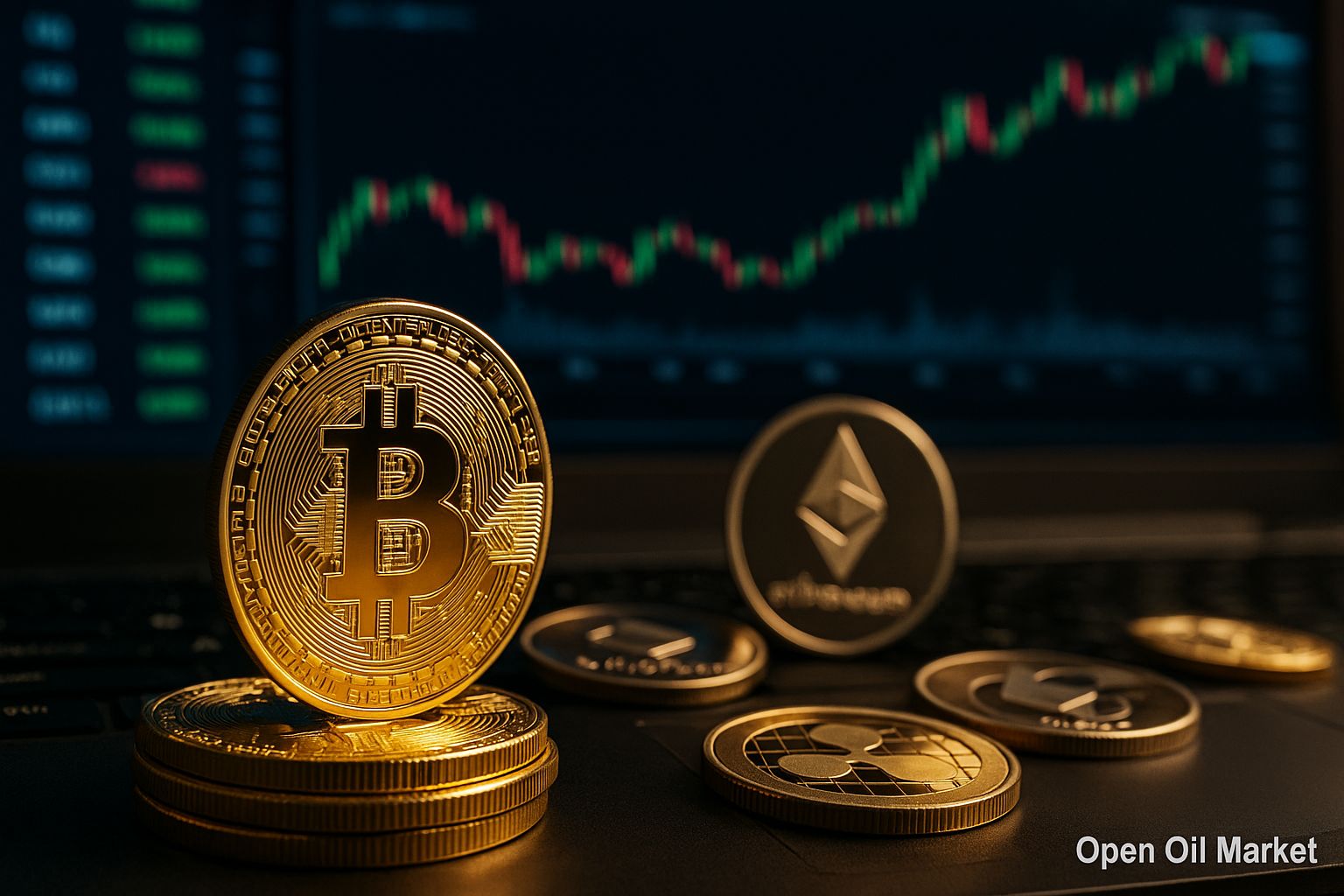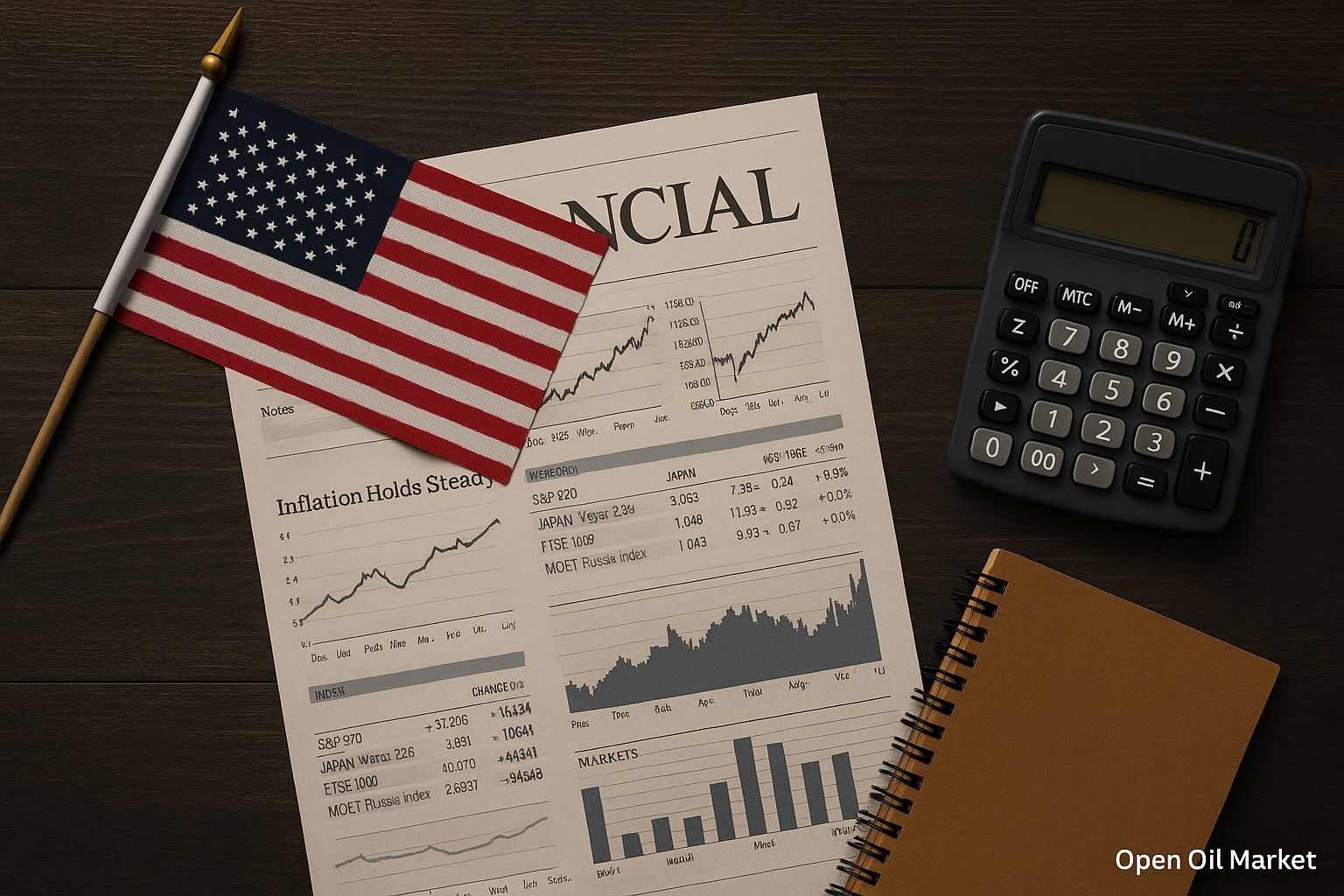
Latest Startup and Venture Investment News for August 23, 2025: Record AI Rounds, the Return of Mega Funds, IPO Trends, and New Unicorns. A Review for Venture Investors and Funds.
By the end of summer 2025, the global venture capital industry is confidently gaining momentum after a prolonged downturn. Investors worldwide are actively financing technology startups, featuring record deals, and plans for IPOs of promising companies are back on the agenda. Major venture funds and corporations have resumed large-scale investments; governments are increasing support for innovations, striving to keep pace in the global technology race. Private capital is flowing into startup ecosystems, providing young companies with the resources they need for growth.
Experts note that the first half of 2025 has been the most successful since 2021 in terms of venture investments. North American startups attracted approximately $145 billion during this period (+43% year-on-year), setting a record for three years, largely due to a series of enormous AI funding rounds. Venture activity is rising almost everywhere: an investment boom is recorded in the Middle East (Gulf countries invested ~$2.1 billion in six months, +134% year-on-year), while in Europe, Germany has, for the first time in a decade, outperformed the UK in terms of investments, reflecting the strengthening of continental ecosystems. Meanwhile, China remains in decline (~–33% year-on-year), while India, Southeast Asia, and other markets are demonstrating robust growth, attracting record capital. Even local markets like Russia and the CIS are striving to catch the new wave—despite external restrictions.
Below are the key events and trends shaping the current venture market agenda as of August 23, 2025:
- Return of Mega Funds and Large Investors. Leading players are forming record venture funds, increasing inflows, and saturating the market with capital, which enhances risk appetite.
- Megaroounds in AI and a New Wave of Unicorns. Unprecedented investments are driving valuations of startups to unprecedented heights, especially in the artificial intelligence segment.
- Revival of the IPO Market. Successful tech company IPOs and new applications confirm that the long-awaited "window" for exits has reopened.
- Diversification of Sector Focus. Venture capital is flowing not only into AI but also into fintech, climate projects, biotech, defense technologies, and even crypto startups, broadening market horizons.
- Wave of Consolidation and M&A. Major mergers, acquisitions, and strategic investments are reshaping the industry landscape, creating new exit opportunities and accelerated growth for companies.
- Local Focus: Russia and CIS. Despite restrictions, new funds and initiatives are emerging in the region to develop local startup ecosystems, increasing investor interest in local projects.
The Return of Mega Funds: Big Money Back in the Market
The largest investment players are making a triumphant return to the venture arena, signaling a renewed appetite for risk. The Japanese conglomerate SoftBank has announced the launch of the Vision Fund III, valued at about $40 billion, focused on advanced technologies (with an emphasis on artificial intelligence and robotics) after a lengthy hiatus. Simultaneously, sovereign funds from Gulf countries have ramped up their activity: they are pouring billions of dollars into innovative projects and implementing mega support programs for the startup sector, forming their own tech hubs in the Middle East. Moreover, dozens of new venture funds are being established around the globe—these structures are attracting significant institutional capital for investments in high-tech sectors.
Silicon Valley leaders are not standing aside either. American funds have accumulated unprecedented reserves of uninvested capital ("dry powder")—hundreds of billions of dollars ready to deploy as confidence returns to the market. For example, Andreessen Horowitz is assembling a new mega fund of roughly $20 billion focused on investments in AI companies—one of the largest targeted funds in the industry. The inflow of "big money" is again saturating the startup market with liquidity, providing resources for new rounds and supporting the growth of promising projects. The return of mega funds and large investors not only intensifies competition for top deals but also instills confidence in market participants about future capital inflows.
Megaroounds in AI and a New Wave of Unicorns: Investments Hit Record Levels
The artificial intelligence sector remains the primary driver of the venture surge, demonstrating record funding volumes. Investors are allocating colossal amounts of money to the most promising AI projects, elevating startup valuations to unprecedented heights. For instance, following new funding rounds, American company Databricks surpassed a valuation of $100 billion (+61%), Elon Musk's xAI raised around $10 billion, reaching a valuation of ~$100 billion, and OpenAI secured another $8 billion at a valuation of ~$300 billion—all these megaroounds were substantially oversubscribed, highlighting the excitement surrounding industry leaders. Another indicator of this trend is the startup Anthropic (a competitor to OpenAI), which announced in August its intention to double its total funding to $10 billion, demonstrating investors' readiness to back new leaders in the AI race.
Powerful rounds continue to attract other contenders as well. For example, Canadian project Cohere received $500 million at a valuation of approximately $6.8 billion, confirming its status as a "unicorn" and underscoring market interest in new players. Overall, the current boom has sparked a wave of new unicorns. Estimates suggest that over 500 private companies in the AI sector now have valuations exceeding $1 billion (around 100 of them emerged after 2023). Despite signs of overheating, investor appetite for AI projects remains strong.
The IPO Market Reawakens: The “Window” for Exits is Open
The global primary public offering (IPO) market has noticeably revived after a long hiatus. In Asia, Hong Kong has initiated a new wave of debuts, with several large tech companies successfully listing in recent weeks (including the Chinese CATL, which raised ~$5 billion). In the U.S., successful IPOs of startups have finally occurred after a prolonged absence: fintech "unicorn" Chime and design platform Figma successfully debuted (the valuations of these companies rose significantly; Figma raised ~$1.2 billion), and in the second half of 2025, IPOs for Stripe and a number of other "unicorns" are anticipated. Remarkably, even the challenging cybersecurity sector is heading to the public market: Netskope has filed for an IPO, becoming only the second cybersecurity company to take this step in 2025.
Even crypto startups are eager to take advantage of the opened "window": for instance, fintech company Circle has successfully gone public, indicating a resurgence of investor interest even in this high-risk sector. The current IPO wave is critically important for the venture ecosystem: successful listings deliver profitable exits for funds and free up capital for new projects, further stimulating industry growth.
Diversification of Investments: Emerging Sectors on the Rise
In 2025, venture investments encompass an increasingly broader array of industries, no longer limited to AI alone. After last year’s downturn, noticeable activity has returned in fintech: significant funding rounds are taking place not only in the U.S. but also in Europe and developing markets, driving the growth of new financial services. Interest in climate and “green” technologies is surging—these fields are attracting record funds amid the sustainable development trend (for example, startup Crusoe Energy received investments at nearly $10 billion valuation). Appetite for biotechnology is also resurging: the emergence of promising medtech solutions and healthtech platforms is once again attracting capital as the sector recovers from a period of declining valuations.
Amid global instability, investors are increasingly supporting defense and aerospace projects. For example, startup Anduril raised $2.5 billion (valuation grew to ~$30 billion). A partial resurgence of trust in the crypto market is also apparent—some blockchain startups are once again receiving funding. The expansion of sector focus makes the startup ecosystem more resilient and reduces the risk of overheating in specific segments.
Consolidation and M&A: Scaling Up Players
Elevated startup valuations and market competition are driving industry consolidation. Major mergers and acquisitions are again coming to the forefront, reshaping the balance of power in the tech sector. For instance, Google has agreed to acquire Israeli cybersecurity startup Wiz for approximately $32 billion—a record sum for the Israeli tech industry. Such megadeals demonstrate the desire of large companies to secure key developments and talent, preferring to buy innovations rather than develop their own analogs. The surge in acquisitions reflects the market's maturation: established projects are either merging or becoming targets for giants, while funds are gaining the opportunity for long-awaited profitable exits. The outcome of consolidation is the emergence of larger and more competitive players on the global stage.
Russia and the CIS: Local Initiatives Amid Global Trends
Despite external restrictions, Russia and neighboring countries are taking steps to develop their own startup ecosystems in line with global trends. At the SPIEF 2025, a venture fund of approximately 12 billion rubles was announced for investments in dual-use projects (drones, AI, robotics). In Kazakhstan, a similar fund worth $1 billion is being set up to support AI startups. Even under sanctions pressure, the region is seeking opportunities to finance priority technologies and nurture its own unicorns.
In July 2025, Russian authorities partially lifted restrictions for foreign investors—allowing them once again to purchase shares in Russian companies and freely withdraw invested capital. This decision is aimed at revitalizing the influx of international capital into the economy and venture sector, despite the challenging geopolitical situation.
Although the scale of the venture market in the CIS is still modest compared to the West, the groundwork is currently being laid for future growth. Investors are focusing on more mature projects with proven business models, while the government expands support—from developing IT education to establishing a network of regional accelerators. This approach is creating a foundation for the emergence of new technological leaders in the region in the coming years.
Conclusion: Cautious Optimism and a Focus on Quality
By the beginning of autumn 2025, sentiments in the venture industry remain cautiously optimistic. Record deals and successful IPOs confirm that the downturn has passed; however, the memories of the 2021 overheating keep investors from euphoria. The focus is on sustainable growth and project quality: capital is being directed selectively toward companies with strong products and metrics. The market is entering a new phase of growth that is more mature and balanced—players are striving to avoid past mistakes by prioritizing long-term development over chasing quick valuations. This disciplined approach inspires hope that the new phase of growth in the venture market will be more stable and productive.




